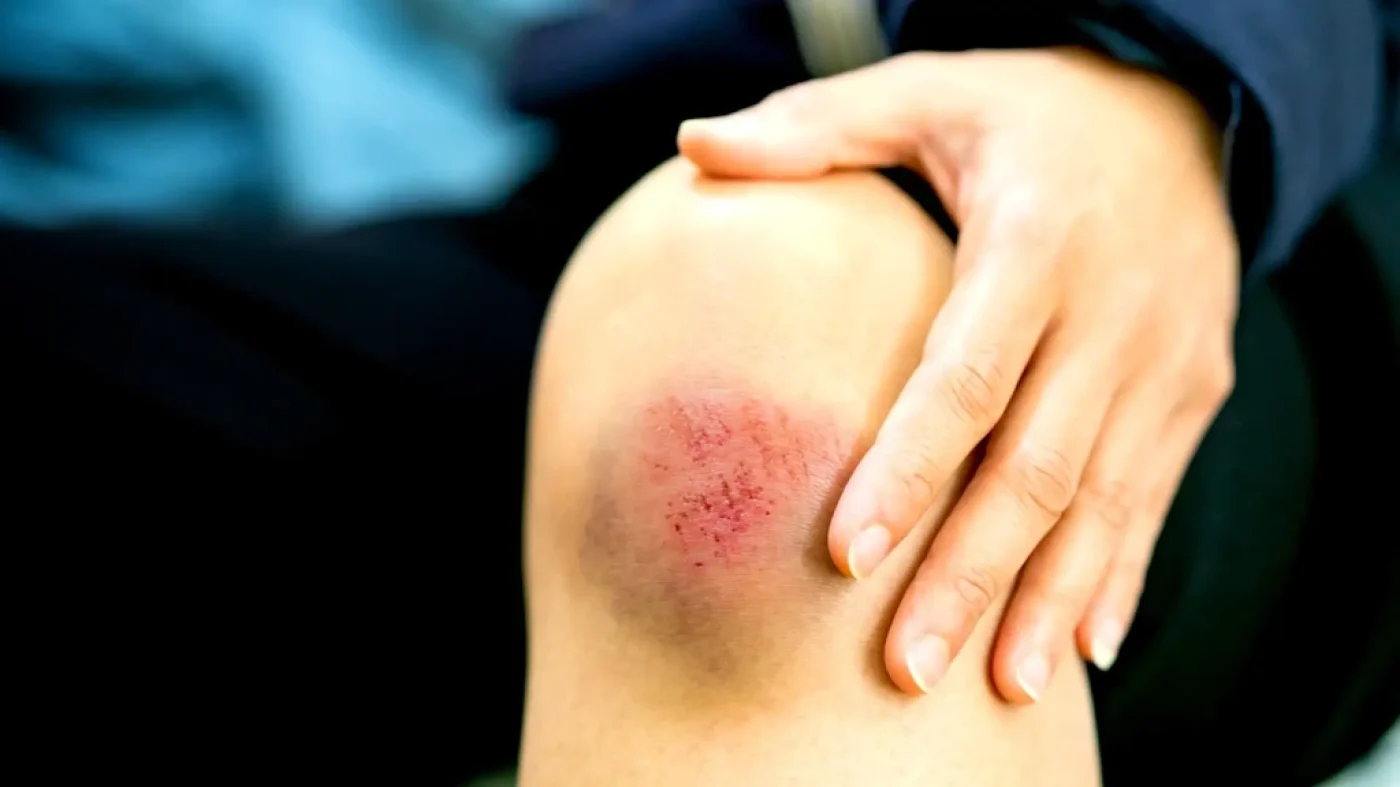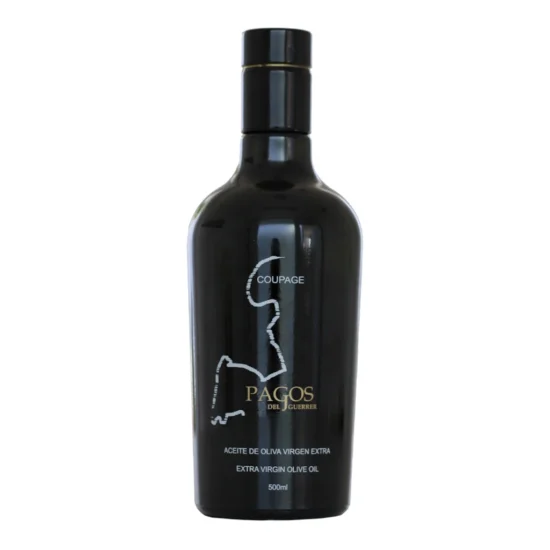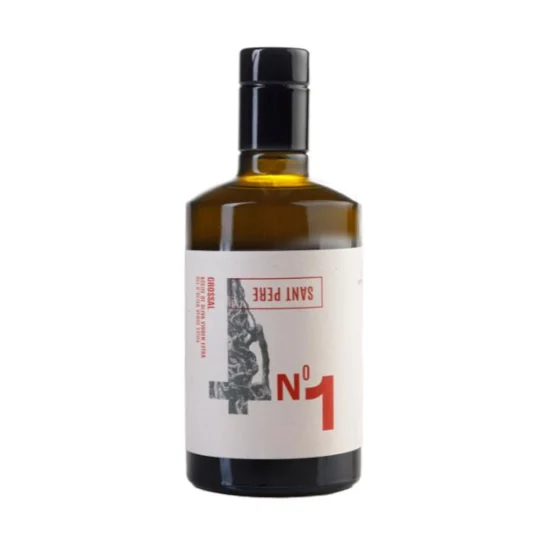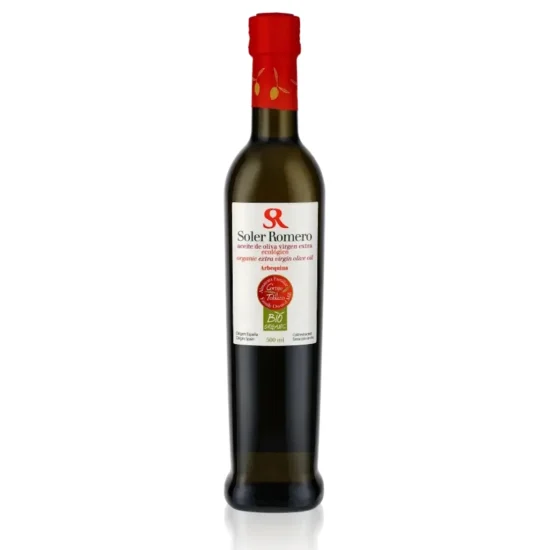
A recent study published in Nutrients Journal evaluated the effects of phenolic compounds in extra virgin olive oil (EVOO) on the proliferation, cell cycle, migration, and antigenic profile of human fibroblasts.
EVOO is composed primarily of triacylglycerols, fatty acids, and mono- and diacylglycerols. There are actually more than 230 minor compounds in EVOO, representing only 2% of its weight. In particular, more than 30 different types of phenols are present in olive oil, with tyrosol (TYR), hydroxytyrosol (HTYR), and oleocanthal (OLE) being the most concentrated.
In this regard, several studies have reported the beneficial effects of EVOO, but there is limited information on the effects of EVOO polyphenols on tissue regeneration. In the present study, researchers evaluated the effects of tyr, ole, and htyr in EVOO on the antigenic profile, migration, proliferation, and cell cycle of cultured human fibroblasts.
Tyr, htyr, and ole reference standards, along with the human fibroblast cell line CCD-1064Sk, were purchased. Cell proliferation was assessed using the MTT assay, measuring the reduction of MTT to formazan by mitochondrial succinate dehydrogenase.
Fibroblasts were seeded in estrogen-free medium and cultured for 24 hours (h) under standard conditions. The medium was replaced with another medium containing one of the phenolic compounds at varying doses. The control group included untreated cells, and the team plotted concentration-response curves and calculated half-maximal effective concentration values.
The effect of phenolic compounds on fibroblast migration was investigated using a culture insert assay, measuring the cell’s ability to migrate into cell-free spaces/gaps. Flow cytometry was used to study the effects of phenolic compounds on the cell cycle.
Cells were labeled with fibronectin and α-actin-specific monoclonal antibodies after 24 hours of treatment with phenolic compounds. Cells were analyzed for antigenic profiling.
Phenolic compounds in EVOO significantly increased fibroblast proliferation, migration, and the expression of key wound healing markers (α-actin and fibronectin) without altering the cell cycle.
These findings provide insight into the processes that occur during the proliferative phase of wound healing when fibroblast proliferation and migration are elevated. Indeed, angiogenesis is crucial for effective wound healing, and fibronectin can modulate new vessel formation.
This healing phase also involves wound contraction, in which myofibroblasts, thought to originate from resident fibroblasts, are essential. Increased α-actin could indicate differentiation into myofibroblasts, promoting tissue regeneration.
The findings are promising regarding the effects of polyphenols on soft tissue regeneration. However, the researchers only studied one cell type in the skin, which also has other important cell populations.
Overall, the study provided valuable insight into the effects of polyphenols on fibroblasts, and further research is required to uncover the underlying mechanisms for developing wound therapies.
Important Note: aceitedelcampo.com promotes the consumption of extra virgin olive oil for its culinary qualities and health benefits. However, no medication or current treatment should be replaced without the guidance of a healthcare professional.




ALZAYT EXPORT SL
info@aceitedelcampo.com
C/ Eduardo Bosca 19, 2-5
46023 Valencia
Subscribe and receive a coupon by email for your next purchase.